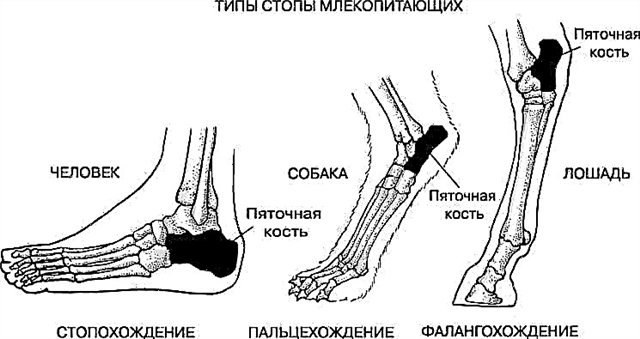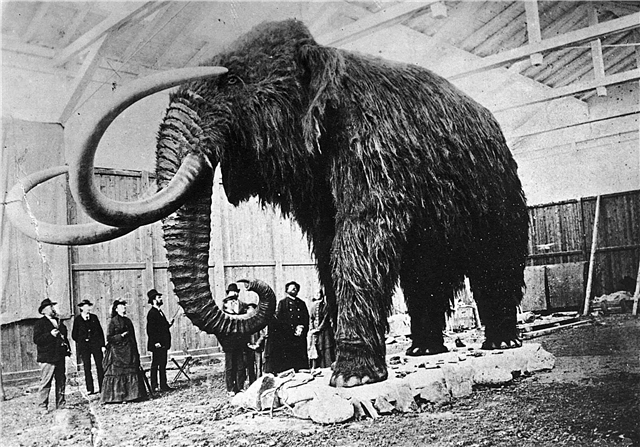
New Year's celebration is impossible to imagine without a chic table with an abundance of salads, hot and cold appetizers, champagne and tangerines. Although eating habits tend to change over time, the festive table on December 31 from year to year in many families remains traditional.
Recipes of dishes beloved from childhood are passed on from generation to generation, so that on the most magical day of the year you can arrange yourself a real celebration of taste. What dishes it is customary to cook for the New Year and what is their calorie content, we learn further.
Stuffed eggs

Eggs stuffed with various fillings are an integral attribute of the New Year's holiday table. This dish, loved by both adults and children, has been known since the 16th century. But then only nobles could afford it. Now absolutely every family can afford to cook stuffed eggs for the holiday, and you can choose the filling for your taste: with onions, mushrooms, liver, crab sticks, canned fish or caviar - there are a lot of variations.
Depending on the ingredients, you can make an appetizer dietary or, conversely, very satisfying and high-calorie. The average nutritional value of a dish is 150 kcal / 100 g.
Sandwiches with red caviar

Red caviar became available to wide layers of the population at the end of the 90s of the last century, and since then sandwiches with it have become classics of the New Year's table. This appetizer is quite easy to prepare, it is great for a festive buffet reception. Most often, a small amount of caviar is placed on top of bread spread with butter. Some housewives to reduce the calorie content of the dish (because it is really quite high - 315 kcal / 100 g.) use creamy or curd cheese.
Fish roe is a leader among protein products that is almost completely absorbed. Therefore, sandwiches with red caviar are not only a delicious Christmas dish, but also healthy.
Game (duck, goose) baked with apples

Baked game with apples in the oven - a traditional New Year and Christmas hot dish from the 18th-19th centuries. It symbolizes wealth, peace and prosperity in the family, confirming the old adage “Bird on the table is a holiday in the house”. In addition to duck, goose, hazel grouse or chicken are baked, and stuffed not only with apples, but also with pears, prunes, oranges, pineapples.
To give a special taste, the bird is flavored with red wine sauce and all kinds of spices. Serve the dish with a side dish of potatoes, buckwheat or any vegetables. Calorie content - about 250 kcal / 100 g.
Dumplings

Dumplings - a traditional New Year's dish in Russia, especially in the Urals and Siberia. They first appeared in China in the XIII century as a symbol of wealth and family unity, and in Russia until 1817 they were considered exotic. Since the days of the USSR, almost every family decided several days before the holidays to gather at the table and together make dumplings (in hundreds).
This allows the hostess to save time on cooking treats on New Year's Eve, and to use supplies in case of unexpected arrival of guests. They can easily be taken with you to the street or to the country house and boiled in a pot (for lovers to celebrate a holiday in the fresh air).
Hot meat dumplings served with sour cream or mustard (as an option with ketchup, mayonnaise or vinegar), they are great as a snack on New Year's Eve. The energy value of the dish is 275 kcal / 100 g.
Jelly

For most people, jellied meat is associated with winter and New Year's feast. This is a fairly simple dish, but not for everyday use. It takes a lot of time to prepare it (6-8 hours for cooking bones + time for hardening), so it is usually cooked a couple of days before the New Year's celebration.
Kholodets was invented by the nomadic peoples of the north of Russia - it was they who first noticed that the broth cooked from pork legs or brains quickly freezes in the cold (due to the presence of jelly-forming substances). It was easy to take with him on a hunt and warm up at the stake. Due to high nutritional value (300 kcal / 100 g.) the dish quickly satisfied the hunger and warmed it in a cold.
Historians claim that jellied meat in Russia is the traditional food of servants and slaves in wealthy homes. After the feast, everything that was undernourished was collected from the host table, poured with hot broth and set to cool in the cold. The next morning we had a tasty and nutritious snack.
Jellied fish (meat)

Despite the fact that every year we hear from TV screens from our favorite movie: “What a nasty thing this is your fish to fill”, this dish appears on the New Year's table every year in many families. You just need to be able to cook it. Jellied in Russia appeared in the 19th century thanks to the imagination of the French chef. The aspic was taken as the basis, but for the new dish, it was not leftover products that were selected, but the best pieces of meat or fish. They were not crushed, but finely chopped. Unlike aspic, gelatin is definitely needed for aspic. Sprigs of greens, boiled vegetables, lemon slices or half an egg are added to the dish.
Beautifully decorated aspic of fish is a bright decoration of the New Year's feast. The dish has a low calorie content - total 50 kcal / 100 g.
Gingerbread cookies

No other confectionery product so vividly symbolizes the New Year and Christmas like gingerbread. They come in a variety of forms: from little men and Christmas trees to houses and cakes. In Western countries, they are traditionally prepared for the holidays from the XIII century. The world capital of gingerbread is considered the German city of Nuremberg. At medieval Christmas fairs in European cities it was always possible to purchase ginger dough products in the form of snowflakes, animals, birds, angels.
In Russia, gingerbread cookies became popular not so long ago, but they were already loved by many and became an integral part of the New Year celebration. Children especially like the gingerbread treat - it attracts attention with funny forms, tasty and aromatic. The nutritional value - 350 kcal / 100 g.
Napoleon cake"

The cake, which the Russians call Napoleon, appeared in France in the 18th century. There, to this day, it is called "Millefeuille" - "A Thousand Layers." In Russia, they learned about this dessert in 1912 - the centenary of the exile of Napoleon Bonaparte’s army from Moscow. The cake was then triangular in shape and resembled the famous headdress of the French emperor. From here came the name of puff cake with custard, which often began to cook for the New Year. This is a pretty high-calorie dish (330 kcal / 100 g.) and requires a lot of time to prepare. But even this does not prevent him from year to year to be a traditional decoration of the festive table.
Salad "herring under a fur coat"

The history of the origin of this popular New Year's dish goes back to the ancient Scandinavian countries, where the herring was always in abundance. The combination of salted fish under a "coat" of sweet boiled vegetables gives the salad an unusual taste that many people have liked. The appearance of the dish in Russia is associated with the legend of the innkeeper Anastas Bogomilov.
To regulars of his institution arranged less drunken fights, he ordered the cook to come up with a good snack. Without thinking twice, he mixed in a dish herring fillet (which at that time was a cheap and affordable product), onions, boiled beets, potatoes and carrots. Since the eve of 1919 was in the courtyard, the salad was declared a symbol of the coming New Year, connecting the powerful class of the proletariat (beets because of their color served as the embodiment of the revolution). For the dish, the working class came up with the slogan: "Chauvinism and decline - a boycott and anathema" (abbreviation SHUBA.)
Believe it or not, this is a private matter for everyone.We love “Herring Salad under a fur coat” for its taste, availability of ingredients, useful and dietary properties (calorie content - 150 kcal).
The most popular dish for the New Year

The most popular dish for the New Year is Olivier salad. The author of the most popular dish on the New Year's table - Olivier salad - the cook of the Moscow Hermitage restaurant Frenchman Lucien Olivier. In the classic recipe of the beginning of the XIX century, the composition of the salad included: boiled cancer necks; fillet of grouse and partridge; black caviar; capers; potato eggs; salted cucumbers. But, even mixing these ingredients, other chefs could not repeat the success of L. Olivier. They did not know the main secret of the dish - the recipe for the special Provence sauce.
Over time, the components in the Olivier salad changed to more familiar and affordable ones: instead of grouse, they began to add boiled beef, ham or sausage, capers were replaced with green peas. Some housewives add boiled carrots or apples to the salad.
In Soviet times, it was problematic to buy mayonnaise and peas, but by the New Year holidays they still tried to get these products in order to traditionally start a feast with Olivier salad.
The calorie content of the dish varies depending on the ingredients and is 180-250 kcal / 100 g.
According to the ancient tradition, housewives exhibit the most beloved and delicious dishes on the New Year's table. Of the salads, these are Olivier and Under the Fur Coat; for hot, dumplings and baked game. Popular New Year snacks are: jellied meat, aspic fish, red caviar sandwiches and stuffed eggs. For dessert, gingerbread and Napoleon cake are traditionally served. All dishes are quite high-calorie, but once a year it is permissible for everyone to arrange a “belly holiday”. If you do not spare the time to cook at least a few of them, the memories of the New Year's Eve will remain the warmest and most sincere.












